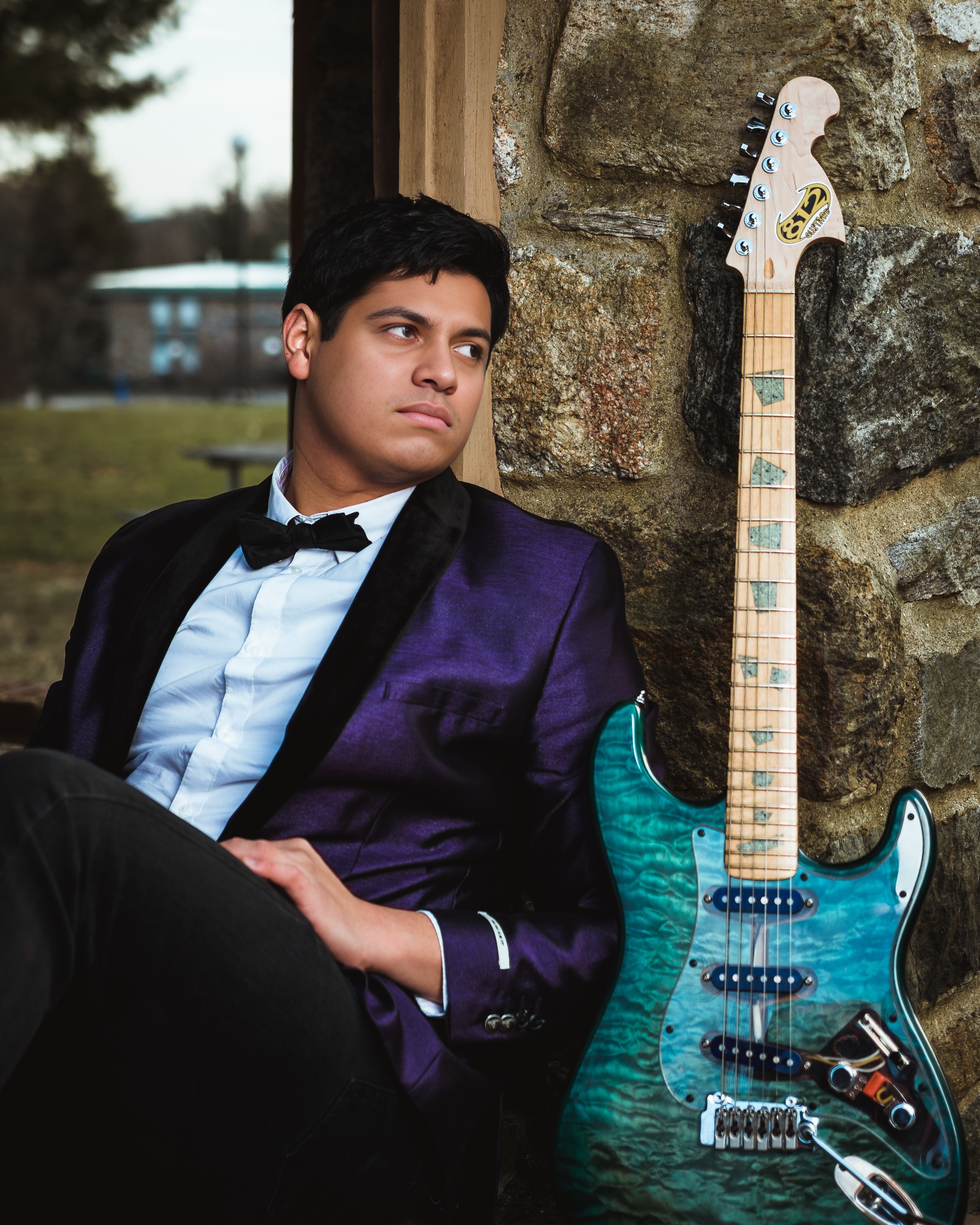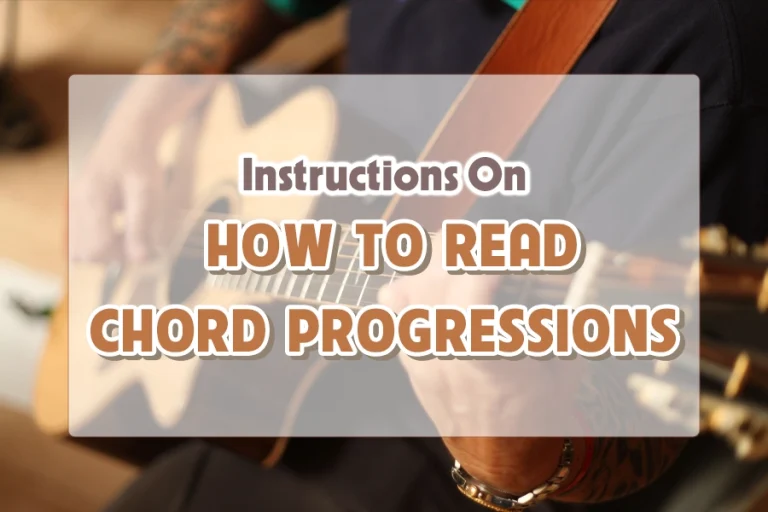Enter the Yamaha THR30II Wireless Review with Eguitarmania, we will explore its wireless capabilities to look further into its sound quality and range of effects. Yet, the skepticism remains: can a wireless amp truly deliver on sound quality, versatility, and ease of use without the traditional cords?
This question is often talked about in guitar groups and music stores around the world. Both beginners and experts are interested in it and argue about it. This article promises to equip you with all the information needed to make an informed decision.
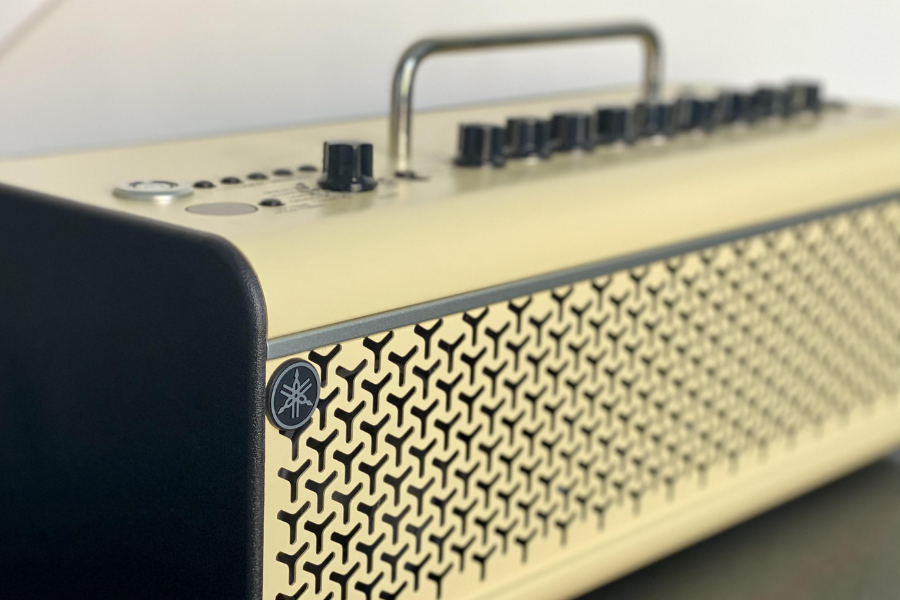
Specification of Yamaha Thr30ii Wireless
Yamaha created a whole new type of product with the THR line of guitar amplifiers: the connected desktop amplifier. Honestly, a lot of guitar players didn’t even know they needed it.
| Amp Type | 5-Tone Type (3 Acoustic Models, 1 Nylon Model, Flat) |
| Bluetooth | Audio/MIDI |
| Speakers | 3.5″ (9 cm) Full Range x 2 |
| Battery | Approximately 5 hours |
| Length Width Height | 155 mm – 420mm – 195mm |
| Effects | Chorus, chorus/delay, delay, short reverb, long reverb, stereo imager, mic/inst reverb |
It’s easy to put these speakers on a desk or table, they look good, and they sound great even at low volumes. You won’t feel like you have to hide them when people come over. You won’t have to look far or long to find people who are excited about them. I bought one a few years ago and don’t feel bad about it at all.
Yamaha Thr30ii Wireless Review
Appearance
This 30 watt model looks a lot like other models in the THR line if you are already familiar with them. The body is made of the same metal and has “Y” shapes cut out for the grille, which probably stand for Yamaha. It also has a fun orange glow that slowly lights up to look like hot tubes while you play.
Its form let it sit on a table or desk for easy access, and it worked in a way that matched that. Because it was so popular, a whole line of THR amps was made, and the follow-up has come out a little later than we thought it would. But it’s now here at last.
It came pre-set with 15 different guitar amp sounds, which is a lot more than the 10 watt version’s 8 sets. Other than these, it had three acoustic models, three flat voicings, and even three bass voicings. This means that a lot of different people can use the THR30II, which makes it much more useful.
Amp tones and onboard effects
Yamaha designed the THR30 II Wireless so that you can mix tones and effects in creative ways. Five 15-amp versions are available. It also has a setting that turns off all modeling, and you can plug in your bass or acoustic-electric guitar. Other knobs on the THR30 II Wireless control modulation effects and echoes and reverbs.
There are now enough effects and tone combinations to fill a whole amplifier. Yamaha’s Virtual Circuitry Modeling lets the THR30 II Wireless copy every part of every amp model and effect. The players really like the THR30 II Wireless because it sounds and feels so real.
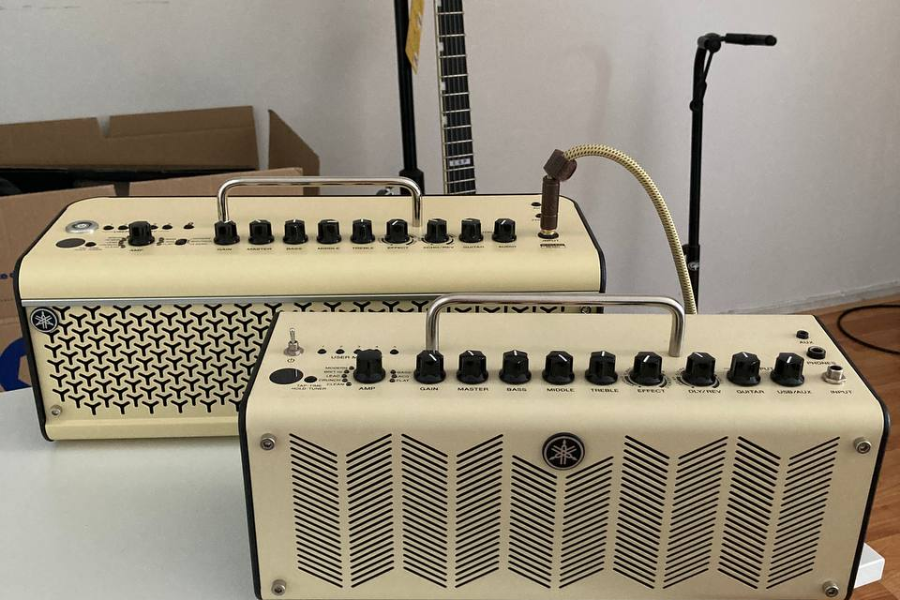
Controls
In addition to the different amp sounds, it came with a huge number of effects, such as a noise gate, chorus, flanger, phaser, tremolo, echo, echo/rev, spring reverb, hall reverb, compressor, and more.
We really liked how easy it was to use the rotating buttons to get to the FX. The partner app lets you change the effects’ parameters, and then you can send your new settings to the THR30II. The app links to the amp via Bluetooth, which is much easier for smartphone users than the smaller models. You can still join via USB if you’d rather.
There were two 3.5″ speakers that made stereo sound, and the modulation FX went really well with them. The mix of the speakers was great, and for being small, they did a great job with the bass sounds.
Bluetooth support
The THR30 II Wireless is much better than its original because it has Bluetooth support. On a smart device, open your favorite streaming service and jam to your favorite songs. You can use Yamaha’s THR Remote app to get to know the THR30 II Wireless’s amp models better and make your own custom settings.
The THR30 also has a compressor and a noise gate that you can use to change the tone even more. It also has five buttons that let you quickly return to previous settings, so you can bring up to five of your best tones with you wherever you go.
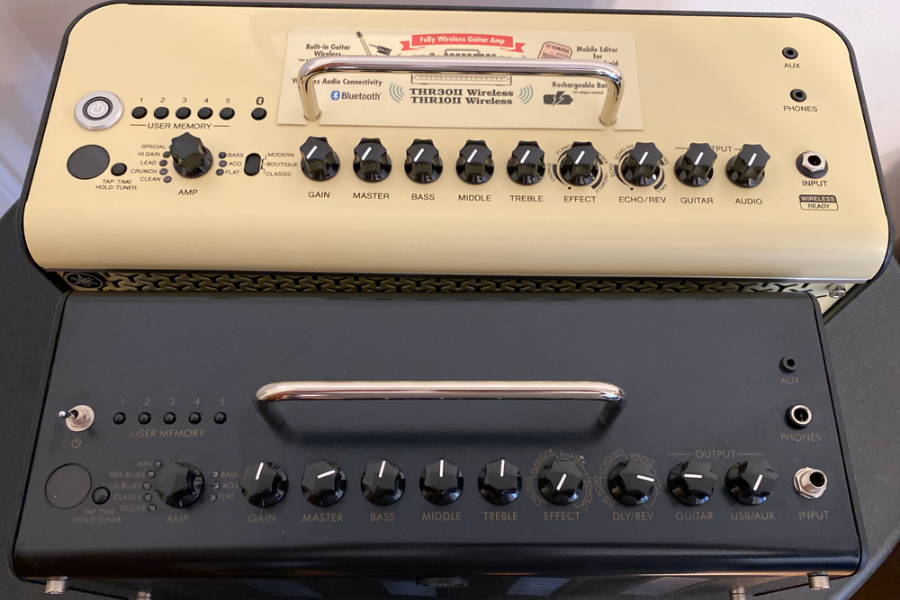
Sound and Tone
I was able to get some very amazing tones with the THR30II. It was very clear and airy, like a real guitar amp, when the sound from the slightly bigger speakers was compared to the smaller ones.
I began with the clean setting, which provided us with great smooth tones and significant space. It stayed clean even when the volume was turned all the way up, which makes it a great setting for anyone who wants to use external tools or record through the USB interface.
What I liked best about crunch was that it had a mildly overdriven sound. It had the sound of a Fender Blues Jr. that was about to break up, and it was great for light rock and blues. I got the same amount of overdrive across the whole volume range, just like with the clean setting. This made it great for practicing in the bedroom.
If you want more distortion, the Brit Hi setting is where you should be. It gave us classic Marshall tones that were pretty highly warped and had nice breakup while still being clear.
When I tried the acoustic setting, it was perfectly flat, which is exactly what you want in an acoustic amp: no extra coloring that might change the way the guitar sounds naturally. The THR30II even had a Flat sound, which made it great for use as a studio speaker when recording.
The effects that came with it were pretty good, and having so many options makes this rig a full package for the average musician. I could get the most out of the effects, especially the ones on the modulator wheel, because I had stereo speakers.
Connectivity
The most important set of changes may be those that go under the new name “Wireless.” Yes, the THR30II Wireless can be used without any kind of neck cord. You can connect to Yamaha’s THR Remote app via Bluetooth to make deep system changes and stream backing tracks to play along with.
The cordless THR-IIs now have a Line 6 Relay G10 radio built in. If you want to feel completely free, all you have to do is buy a G10 emitter, which costs about $100 on the street. In real life, this means you can listen to your favorite music in a park for up to five hours straight without any wires getting in the way.
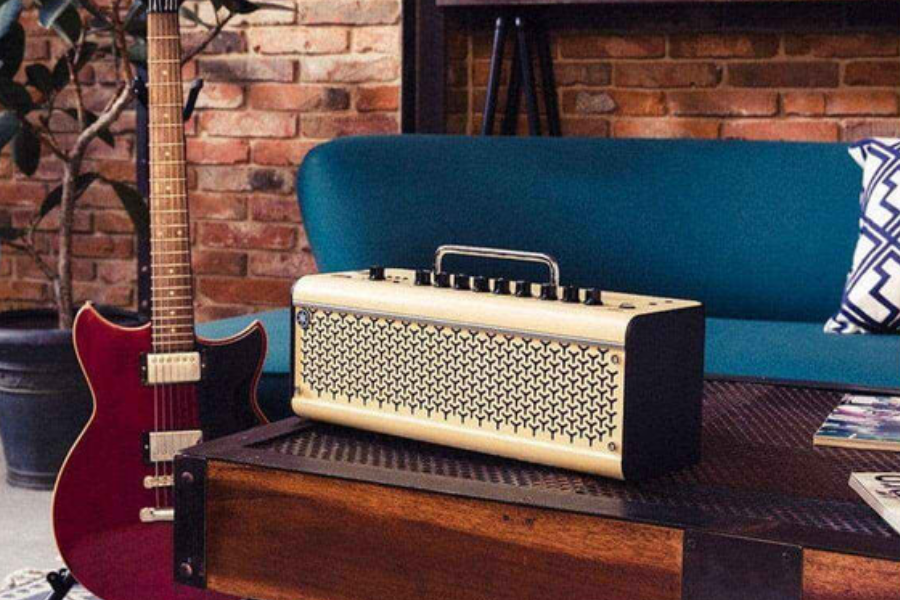
Things I Like and Don’t Like
Unfortunately, I find it annoying that Yamaha won’t say which cabinets they are trying to copy. It could cost them money or require formal papers to do that, but they could name things better so that it’s easier for my mind to stick to them. Yamaha owns Line6 and does this pretty well.
However, I must admit that at first I didn’t think much of the wifi. Once I lived with it for a few weeks, though, I changed my mind. My amp was safely plugged in behind a baby gate, so I could move around my living room and enjoy my child without worrying about it. Overall, it was nice to not have to think about falling over something.
It’s still possible to use the THR line as an audio connection between your computer and another device. To record songs and record riffs, just plug it into the USB port. You don’t need to connect a mic. For added fun, you can use the THR remote to simulate different speaker cabinets to pair with your virtual amp. Yet again, there is a cost.
If you used Yamaha’s amp and effect models on the original THR, you could record both an affected tone and a dry tone at the same time. I really like that for recording. You might have chosen a take that you like but not the effects or amp that you used on it. In your DAW, you could take that sound that hasn’t been changed and add to it again. It’s not possible to catch both at the same time on the THR II. You have to pick one or the other.
Final Thought
The Yamaha THR30II can still keep up with much younger models, even though it is quite old. The models and effects are great, and the sound quality is really amazing as a whole.
In my opinion, it’s good for many uses, from practicing in your bedroom or jamming with friends to performing on the street. In many ways, like how it looked and how well the battery worked, it was even better than its younger competitors.

